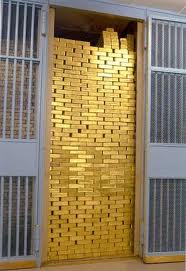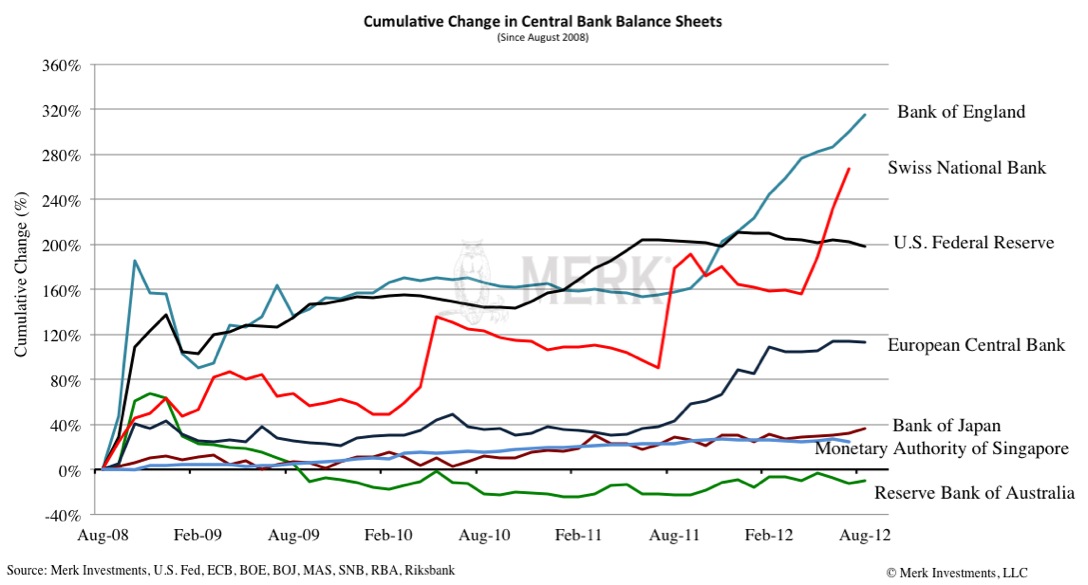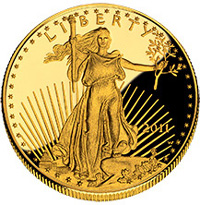 Every gold and silver investor owes a debt of gratitude to the Gold Anti-Trust Action Committee (GATA). Long fluffed off by the mainstream media, GATA has been a voice in the wilderness in exposing the manipulative schemes of governments and central banks to suppress gold prices.
Every gold and silver investor owes a debt of gratitude to the Gold Anti-Trust Action Committee (GATA). Long fluffed off by the mainstream media, GATA has been a voice in the wilderness in exposing the manipulative schemes of governments and central banks to suppress gold prices.
With printing presses running wild world wide, the issue of gold price suppression will become ever more critical as the public eventually realizes that the only viable alternative to paper money backed by nothing is a gold backed currency system.
The tireless efforts of GATA, spearheaded by Secretary/Treasurer Chris Powell, in documenting surreptitious gold price suppression schemes by central banks has finally been recognized by a major mainstream financial publication.
The Financial Times, in an article regarding the repatriation of gold from the Fed by the Bundesbank, talks about the lack of transparency by central banks in the gold market. (Read the full article here.)
The gold market barely shrugged when the Bundesbank announced it would move 674 tonnes of the stuff from Paris and New York to Frankfurt.
But the move is important: not for what it says about Germany’s faith in French or American vaults; nor for the cost of shifting 674 tonnes of gold; but because it is a major victory for transparency in the gold market.
Central banks are notoriously secretive about their gold-trading activities.
Most report, on a monthly basis, their gold reserves to the International Monetary Fund. But these data fall a long way short of full transparency. They tell us nothing about derivative positions in the gold market — for example, gold loans, agreements for future sales, or options transactions.
The historical lack of transparency among central banks is somewhat understandable.
With 29,500 tonnes between them (a decade of global mine supply) they have the ability to disrupt the market significantly if their trades are too public. See, for example, the reaction to the UK’s announcement that it would sell a large part of its reserves in 1999.
Maybe at some point, the rest of the mainstream media will finally decide to take a critical look at the dealings of central banks in the gold market.
 By
By 
 By
By 





 Another Precious Week: Unsettled
Another Precious Week: Unsettled